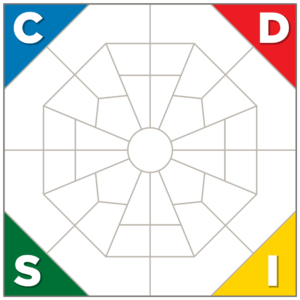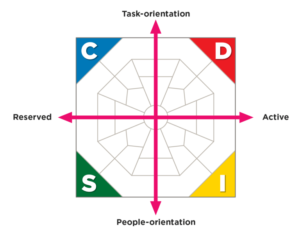There are countless ways for individuals to learn. Some people enjoy reading. Others like to watch videos or listen to an audio recording. Everyone learns differently. Our training videos are the perfect tools to make training effective and fun!
Our training videos will help you understand DISC
Training others to understand DISC and learning DISC yourself is now easier due to our series of DISC training videos. These training videos will help you understand the four DISC styles and the importance of DISC assessments. You can now learn the way you want to through the many methods we have provided.
Why use Extended DISC® Assessments?
Your personal and professional success in life is largely determined by how well you interact with other people. You have probably noticed it is very easy to get along with certain people. You almost instantly and effortlessly understand the other person because communication just flows.
With most people communication takes more effort. It is sometimes hard to understand where the other person is coming from, what they really want, and what their intentions are. Meanwhile, the other person may experience the same uncomfortable feeling. The outcomes of the interaction are not what you want. You may lose a sale, frustrate a customer, de-motivate an employee, or anger a friend. You are likely to feel disappointed, frustrated and even tired. It takes energy, effort and concentration. Still, the results are not what you hoped they would be.
Extended DISC® provides a model to successful interactions:

With Extended DISC® you will learn the four DISC Styles, who you are and how others perceive you by creating a more confident self-awareness, how to read other people and better understand them, and how to modify your behavior to become even more successful!
Extended DISC® is based on the most widely used and accepted model of human behavior. The power of this model is that it is easy to learn, understand, and use because it identifies only four behavioral styles of individuals: D-Style, I-Style, S-Style, and C-Style. People can be divided in four main styles by identifying if they are more: People- or Task-oriented, and Reserved or Active. Please see the model below.

As you learn about the four DISC Styles, please keep in mind that none of the styles are better or worse, and that all styles have strengths and development areas-they just happen to be different. Our style does not limit what we can accomplish or how successful we can be-it simply predicts how we tend to do things. We can find all of the four styles represented by very successful people, however, the most successful people know who they are and they modify their style appropriately with different styles of people and in different situations.
